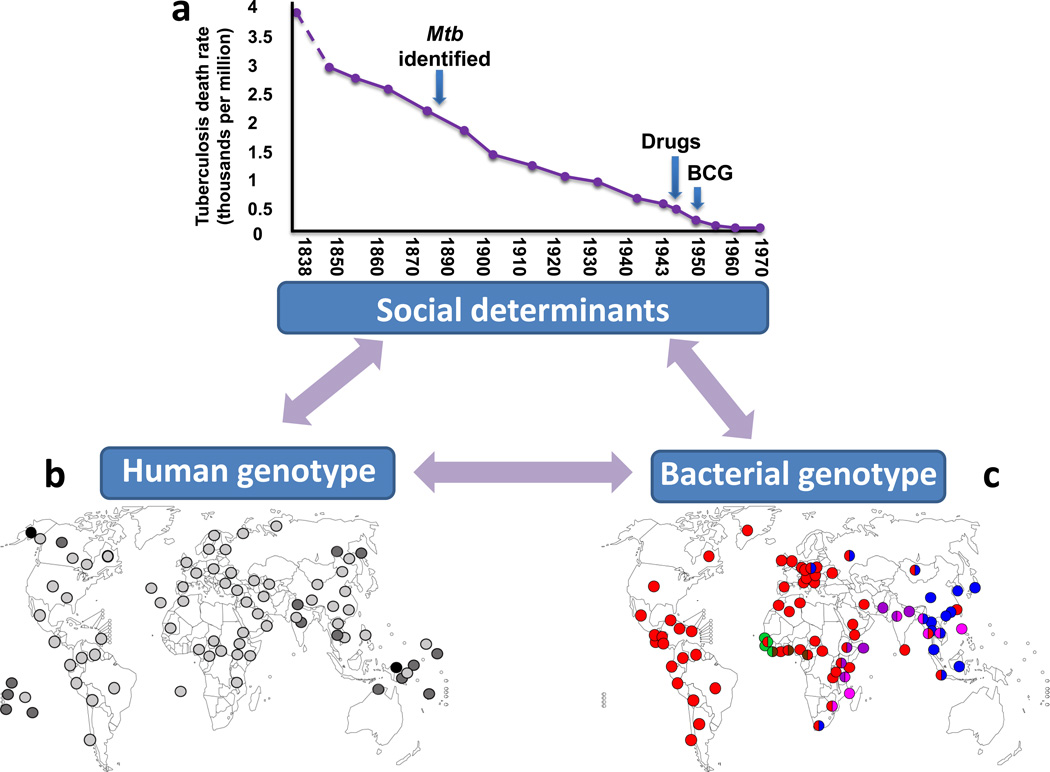Figure 2. TB driven by biology and sociology.
Many environmental, socioeconomic and evolutionary factors are not generally considered when applying current systems biological approaches to infectious disease research. (a) Improved living conditions lead to a decline in TB deaths. In England and Wales TB mortality started to decrease long before the causative agent of TB (Mtb) was identified by Robert Koch and before BCG vaccination and chemotherapy became available (adapted from [27]). (b) Human genetic diversity impacts susceptibility to TB. The HLA II allele DQB1*0503 was the first HLA associated to increase TB risk [80] and along with other DQB1 alleles has been associated with increase susceptibility to TB in different places in Asia [31]. The DQB1*0503 allele is more common in Asian countries and pacific islands (dark grey and black dots) than other parts of the world (light grey) (data from http://www.allelefrequencies.net, Box 2). (c) Geographical distribution of the six human MTBC lineages. Each dot represents a country and its color indicates the most frequent lineage(s) within this country (adapted from [42]). The three ‘modern’ lineages (Lineage 4, red; Lineage 2, blue; Lineage 3, purple) are more globally widespread and hence more successful compared to the three ‘ancient’ lineages (M. africanum Lineage 5, green; M. africanum Lineage 6, brown; Lineage 1, pink), which are more geographically restricted. There is increasing evidence for a role of bacterial genotype in TB infection and disease [32].

